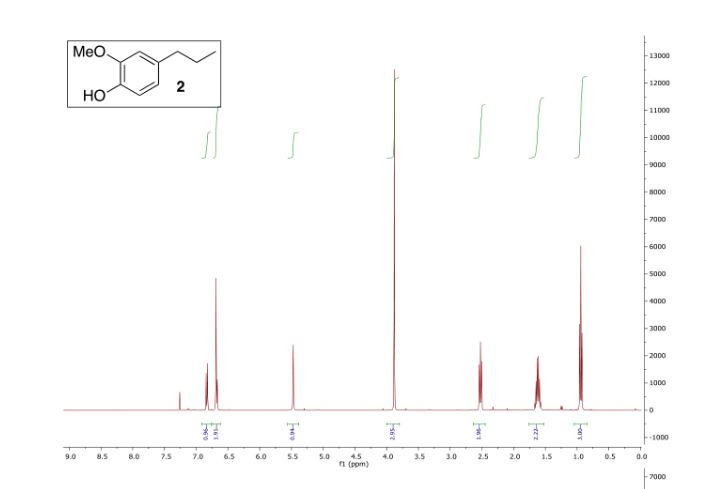Revisiting the deoxydehydration of glycerol towards allyl alcohol under continuous-flow conditions
Ms. Nelly Tshibalonza Ntumba
Nelly Tshibalonza was born in 1983 in Kinshasa, Congo. She received her diploma degree in Chemistry in 2006 from the University of Kinshasa. She is currently a fellow of the Belgian Technical Cooperation and is preparing a Ph.D. thesis on the development of catalytic methods to enhance the value of renewable raw materials.
E-mail: nel.tshibalonza@student.ulg.ac.be
Telephone: +32 (0)4 366-3493
Telephone: +32 (0)4 366-3493
http://pubs.rsc.org/en/Content/ArticleLanding/2017/GC/C7GC00657H?utm_source=feedburner&utm_medium=feed&utm_campaign=Feed%3A+rss%2FGC+%28RSC+-+Green+Chem.+latest+articles%29#!divAbstract
Revisiting the deoxydehydration of glycerol towards allyl alcohol under continuous-flow conditions
Abstract
The deoxydehydration (DODH) of glycerol towards allyl alcohol was revisited under continuous-flow conditions combining a microfluidic reactor setup and a unique reactive dynamic feed solution approach. Short reaction times, high yield and excellent selectivity were achieved at high temperature and moderate pressure in the presence of formic acid, triethyl orthoformate, or a combination of both. Triethyl orthoformate appeared as a superior reagent for the DODH of glycerol, with shorter reaction times, lower reaction temperatures and more robust conditions. In-line IR spectroscopy and computations provided different perspectives on the unique reactivity of glycerol O,O,O-orthoesters.
JC M. Monbaliu, PhD.
Lecturer
Department of Chemistryjc.monbaliu@ulg.ac.be
t +32 (0) 4 366 35 10
Jean-Christophe M. Monbaliu
///////////



















